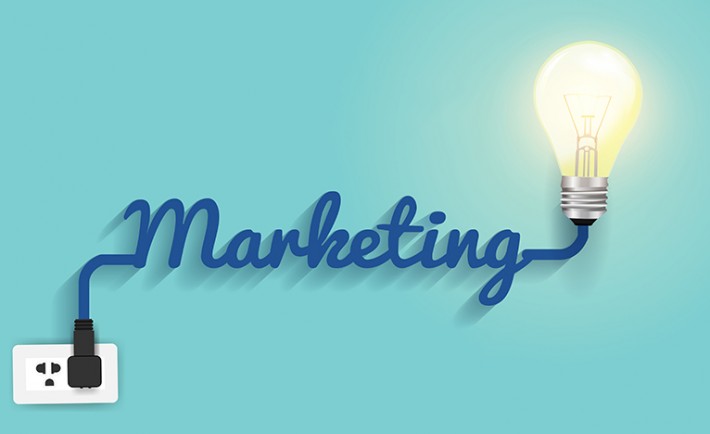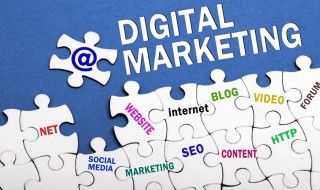
As an entrepreneur, you can be forgiven for wanting to manage every aspect of a new startup. Your new venture is your brainchild, after all, and you want to do what you can to see it grow and prosper. But sometimes, doing what you can means letting other people do things for you.
One of the areas where experience matters more than enthusiasm is digital marketing. There are many reasons why hiring a digital marketing expert is the right choice for your startup. The bottom line is that they’re better at it than you. Plus, you get to focus your attention on the areas where you can contribute the most.
When you hire a digital marketing expert, you’ll learn that they speak funny. The majority of important marketing notions, concepts, and activities are referred to using acronyms. Since the success of your start greatly depends on your ability to communicate effectively, here are some explanations of the most important acronyms in digital marketing.
1. SEO — Search Engine Optimization
Search engine optimization is a group of practices for improving your website’s visibility in search engine results. The activities that fall under SEO include choosing a good host, researching keywords, optimizing website performance, creating high-quality content, and link building. When done well, SEO will ensure your website had a healthy stream of organic traffic.
2. SEM — Search Engine Marketing
As opposed to SEO and organic traffic, search engine marketing is concerned with getting you paid traffic. Instead of using optimization practices to improve search engine visibility, in SEM you use paid ads that appear in search results. Google AdWords, Yahoo Search Ads, and Bing Ads are the most popular search engine marketing platforms.
3. PPC — Pay per Click
Pay per click is an advertising model where you pay a certain amount of money each time someone clicks on your advertisement. The cost per click has an acronym of its own, CPC. However, some people will use PPC and CPC interchangeably. Search engine marketing is a form of PPC advertising.
4. KPI — Key Performance Indicator
Key performance indicators weren’t invented for digital marketing. However, digital technologies provided marketers with the opportunity to gather an enormous amount of data. They use that data to derive indicators of the success of their online activities, or KPIs. You should also know that KPIs are useful as long as you know which ones to choose for which activities. Choosing the wrong KPIs can lead you astray.
5. CTA — Call to Action
Website visitors will sometimes need encouragement to perform certain actions. If you want them to order something, subscribe to your newsletter, or visit a certain page, you use calls-to-action or CTAs. A CTA is a combination of copy and visuals that tell the visitors what you want them to do. CTAs are usually buttons or links on a website. They use short, assertive copy, such as “Order Now!”. They are also made to stand out on the page and be easily visible.
6. B2C — Business-to-Consumer
Business-to-consumer and its relative business-to-business (B2C and B2B) refer to your customers. If your business sells products or services to consumers than it’s B2C. If it sells to other businesses, it’s B2B. In marketing, the activities you undertake are dependent on your customers. B2C and B2B marketing might use different channels, different types of content, and different tones.
7. CTR — Clickthrough Rate
The click through rate is a handy metric that describes the effectiveness of your marketing campaign. The CTR tells you the share of people who performed an action out of the total of people who had the opportunity to do so. For example, the click through rate for a landing page CTA is the number of people who clicked on the CTA divided by the number of people who visited the page.
8. UX — User Experience
User experience, or UX, is a term that describes the users’ experience when interacting with your digital assets. UX is important if you want your customers to be satisfied. To develop a good UX, you need to adopt the point of view of your customers, and then build your assets around what they would want. At the very least, make sure your assets are easy to navigate and display on mobile devices. That way, the UX you offer won’t be disastrous.
9. CRM — Customer Relationship Management
Customer relationship management is a term mostly used in the context of tools you can use to manage customer relationships. These tools allow you to track all sorts of things about the customers. The basic ones handle contact information. The advanced ones can track customer interactions, send personalized emails, and leverage geolocation to improve targeting.
10. CRO — Conversion Rate Optimization
Conversion rate optimization is a process of analysis and improvement of conversion rates. If you want to improve conversion rates of a landing page, for example, you can try using different calls-to-action for better results. Or, you can place the existing CTA at a different place. You can also optimize form length, the copy on the landing page, as well as the visuals. Plenty of things affect conversion rates, and most of them can be optimized for better performance.






